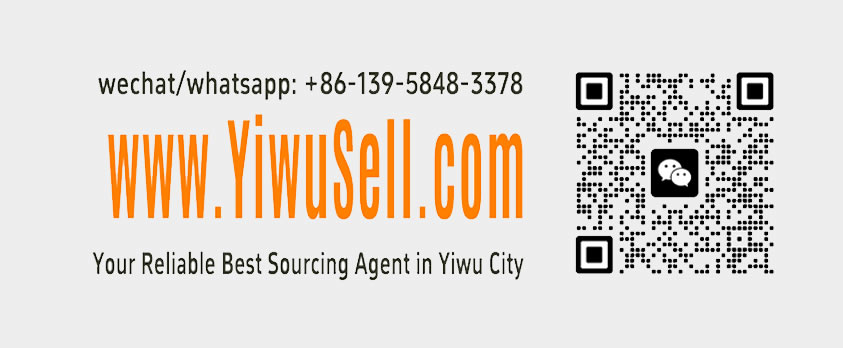The history of Yiwu Market can be traced back to the traditional “鸡毛换糖” practice, where local peddlers exchanged maltose for 鸡毛 and other waste materials12. Its formal development as a market began in 1982 and has since gone through several significant stages12:
First-generation market
- In 1982, the Yiwu government respected the people’s strong demand for developing the small commodity trade and made the decision to open the small commodity market. They put forward the “four allowances”: allowing farmers to do business, allowing long-distance trafficking, allowing the opening of urban and rural markets, and allowing multi-channel competition12.
- The first-generation small commodity market, Huqingmen Market, was born. At that time, the market mainly sold goods to the surrounding counties and cities of Yiwu. In 1982, there were 750 stalls in the market, with a transaction amount of 3.92 million yuan. By 1984, the market’s transaction volume reached 23.21 million yuan12.
Second-generation market
- In December 1984, the second-generation small commodity market, Xinmalu Market, opened. Compared with the first-generation market, it had been greatly improved in scale. The trading place changed from outdoors to under a shed, and the radiation range of commodity circulation extended from the surrounding counties and cities of Yiwu to both inside and outside Zhejiang Province12.
- In 1985, the number of stalls in the second-generation market reached 2,847, and the tax revenue was 8.1 times, 3.4 times, and 2.0 times that of the previous three years respectively. In 1986, the transaction volume of Yiwu Market exceeded 100 million yuan1.
Third-generation market
- The construction of the third-generation Yiwu Market started in December 1985. It covered an area of 44,000 square meters, had 4,096 stalls, and a total investment of 4.4 million yuan, which could accommodate 30,000 people trading in the market12.
- In September 1986, the third-generation small commodity market officially opened. After two expansions, by the end of 1990, it had become the largest small commodity professional wholesale market in China. In 1991, the transaction volume of Yiwu Market exceeded 1 billion yuan12.
Fourth-generation market
- The fourth-generation Yiwu Small Commodity Market, Huangyuan Market, was completed and opened in 1992. In the same year, Yiwu Small Commodity Market was renamed “China Small Commodity City, Yiwu City, Zhejiang Province12.”
- In 1994, the construction area of the fourth-generation Yiwu Market reached 228,000 square meters. The business activities had been transferred from the shed market to indoor, and the hardware facilities had been greatly improved, with more standardized management12.
- In November 1995, Binwang Market, a modern super-large commercial city integrating commerce, warehousing, office, catering, and entertainment, was completed and opened. Since then, all industries in Yiwu Market had moved into the indoor hall market12.
Fifth-generation market
- Starting from 2002, the fifth-generation Yiwu Market, namely the current Yiwu International Trade City, has been successively built and put into use in five phases12.
- By 2022, it had a business area of more than 4 million square meters, 70,000 business positions, and more than 200,000 employees, with a daily passenger flow of more than 200,000 person-times12.
E-commerce era
- In 2012, Yiwu upgraded the original China Small Commodity City website and named it “Yiwu Purchase.” In 2013, the B2R project of Yiwu Purchase was launched1.
- In 2024, Yiwu International Trade City launched a large language model in the field of commodity trade and the newly upgraded Chinagoods AI intelligent creation service platform, providing merchants with various digital tools and services to help them expand their global business1.



评论前必须登录!
注册